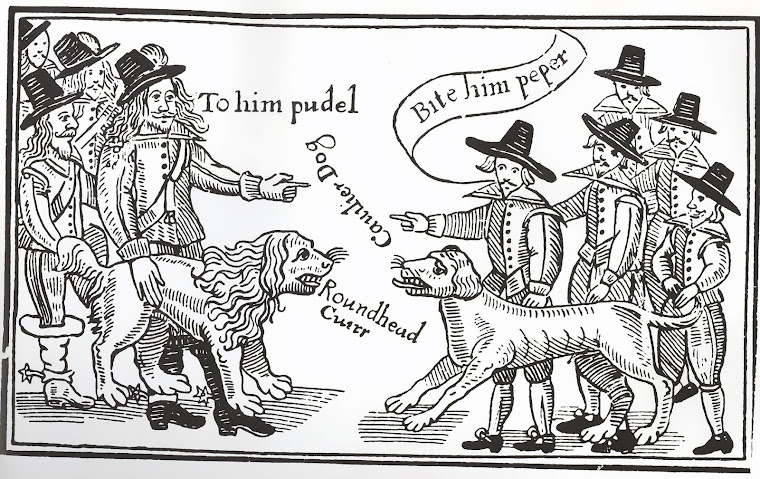From George Hooper's work [CLICK]
This was a medium sized action involving around 80,000 Soldiers total, fought on 14 August 1870. Short article is here [CLICK]. Also called Borney - Columbey, it reminds me of Quatre Bras in that it was a shaping action that was followed by other significant battles, these being (Mars-la-Tour and Gravelotte) which resulted in France's main regular army being trapped at the famous fortress of Metz [CLICK].
From the gaming stand point, it was a relatively indecisive battle, which makes it perfect for the gaming table. Yes, you heard me... an indecisive throw-down always makes for a better table top game than some famous blow-out victory; after all, who wants to fight the side that lost? Gamers want to have at it and give as good as they got.
This battle made it into the "1870" rules by the great game designer and great guy Bruce Weigle [may his Scotch never sour], with many battles presented in the back [CLICK]. Whether you play the rules, or are just inspired by them and his outstanding research and bibliography, I can strongly recommend you buy them! Anyway, the map is below:
As you can see, this is an excellent rendition of the battlefield, better than the top map. However, it is a bit busy to create a table out of, so I did a hand tracing below:
The gradations are still a bit unclear, so to create the ground for the game, I did another version with slope lines:
With level 4 being highest, you can see that there's a series of valleys that drain into a river at level 1. The Prussian army is attacking East to West from the spurs and heights against the French who are mostly in the valley - an unenviable situation against an army with superior artillery!
Below is the same view, South to North, of the table being created out of insulation styrofoam. The host, Kevin K, has a great system for his 12x6' table. take the 12 x 6 table, cut 3' squares of insulation styrofoam, and each piece cut makes two cut and shaped pieces, each still stacking into the 3' square for storage [could even be stored upon the table...!].
Above, "S3" is a medium curve hill, after the cloth is upon it one could also put a stream in the beveled "ditch". Nice!
Even in the raw, you can see the valley taking shape, and the heights and spurs to the right:
From East to West, at the South end, the heighest height:From center, again East to West:
North end, same direction: long ridge towards
View from the North to the South:
The blue painter's tape helps secure the layers from shifting, and it easy to remove [and doesn't damage the insulation].
* * *
Below, the table covered with a cloth, view North to South. Unfortunately, the cloth doesn't show the contours well in the lighting. Over a few days, the cloth will settle a bit, too.
Upon the large [13' by 7' or so] cloth is laid the network of towns and villages, woods and streams. The single house may not look just like a town, but it gives the table some depth.
Above view, South from the North edge, French side.
Above view, South from the North edge, French side.
Below view, West from the center East, Prussian side.
Finally, cultivated areas [orchards, brush, fields, etc] are shown with brighter green fabric with little patterns. This catches the eye. In tactical terms, it provides covered avenues of approach, important in a firepower-strong period.
Below, French view of oncoming Prussian divisions! There's one per wooden tray, more or less.
Up close, the Imperial Guard infantry to left, cavalry to right.
Up close, the Imperial Guard infantry to left, cavalry to right.
South end of French sector, view of Prussian line of advance.
View South to North, from the French side - Prussians to right.
The above took just under two hours or so. This was mostly driven by the host having a system in place. I provided a certain amount of delay by not being fully prepared about a couple of things I overlooked, so I went morning of the [evening] game to finish them up.
View South to North, from the French side - Prussians to right.
In terms of scale and battle level, the rules are 1" is 100m, so the table is 14.4 kliks long by 7.2 kliks wide . The battle will involve around 1,000 figures, with each Regiment represented by 16-20 foot, 12 Cav. By comparison, Waterloo was 4x4 miles [6 kliks] and had about 140,000 men, so was twice the men in half the battlefield!
In terms of the rules, I did a bit more streamlining, and switched from a MU [Maneuver Unit, e.g. "Unit"] being a Battalion to being a Regiment. This only changes the mechanics of infantry units a little bit, basically making them more flexible. I'm excited as it overall suits both the period and the operational level of rules I'm looking for, which really captures the flavor of the period better than a low-level tactical set, IMHO. We'll see what happens next!

.jpg)
















